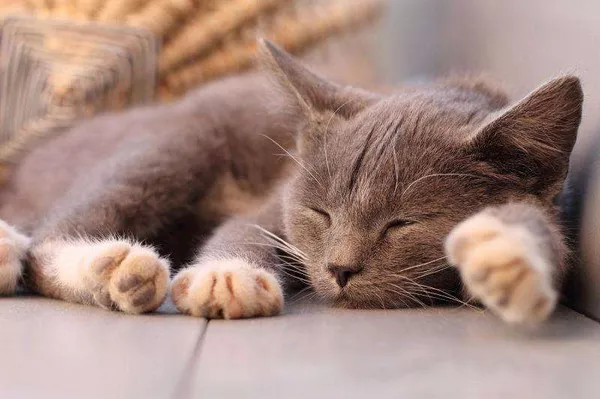In the world of feline enthusiasts, one breed stands out for its unique appearance and distinctive traits—the Cornish Rex. With its elegant, curly coat and slender physique, the Cornish Rex has captured the hearts of cat lovers around the globe. However, the origins of this captivating breed are shrouded in mystery and intrigue. In this article, we delve into the fascinating history of the Cornish Rex, tracing its lineage back to its humble beginnings and exploring the genetic marvels that led to its creation.
Origins:
The story of the Cornish Rex begins in the early 1950s in Cornwall, England, where a remarkable kitten named Kallibunker was born to a domestic cat named Serena. Unlike his littermates, Kallibunker possessed an unusual coat—short, curly, and incredibly soft to the touch. This distinctive mutation caught the attention of Kallibunker’s owner, Nina Ennismore, who recognized its potential significance in the world of cat breeding.
Ennismore, along with a small group of dedicated breeders, embarked on a mission to further develop this unique trait and establish it as a distinct breed. Through careful selective breeding, they sought to preserve the curly coat while maintaining the breed’s health and temperament. This marked the beginning of the Cornish Rex breed as we know it today.
Genetics:
At the heart of the Cornish Rex’s creation lies a fascinating genetic phenomenon known as a spontaneous mutation. Unlike deliberate breeding programs aimed at producing specific traits, spontaneous mutations occur naturally and unpredictably, giving rise to new genetic variations within a population.
See Also:What Is a Blue Point Cornish Rex?
In the case of the Cornish Rex, the distinctive curly coat is the result of a mutation in the gene responsible for controlling hair growth and texture. Normally, cats have three types of hair—guard hairs, awn hairs, and down hairs—which together create the characteristic fur coat. However, in Cornish Rex cats, the mutation alters the structure of the down hairs, causing them to become curly instead of straight.
This unique genetic mutation is inherited in an autosomal dominant manner, meaning that only one copy of the mutated gene is required for the trait to be expressed. As a result, Cornish Rex cats can pass on the curly coat trait to their offspring with a high degree of consistency, making it relatively easy to establish and maintain the breed.
Breed Development:
In the early years of the Cornish Rex breed, breeders faced numerous challenges in stabilizing the curly coat trait while ensuring the overall health and vitality of the cats. Because the gene responsible for the trait is dominant, breeding two Cornish Rex cats together often resulted in kittens with excessively curly coats, known as “rexed” cats, which were prone to various health issues.
To address this issue, breeders introduced outcrossing with other breeds, such as the Siamese and the British Shorthair, to diversify the gene pool and strengthen the breed’s overall health. By selectively breeding for both the desired coat texture and other desirable traits such as temperament and conformation, breeders were able to establish a stable population of Cornish Rex cats that met the breed standard.
Today, the Cornish Rex is recognized as a distinct and beloved breed by cat fanciers worldwide. Known for their playful and affectionate nature, as well as their striking appearance, Cornish Rex cats continue to enchant and delight all who encounter them.
Conclusion:
The creation of the Cornish Rex is a testament to the power of genetic variation and human ingenuity in the world of cat breeding. What began as a chance mutation in a small kitten has blossomed into a beloved breed cherished for its unique beauty and charming personality. Through the dedication and perseverance of breeders, the Cornish Rex has secured its place in the annals of feline history, leaving an indelible mark on the world of cat fanciers for generations to come.
Related Topics:
























